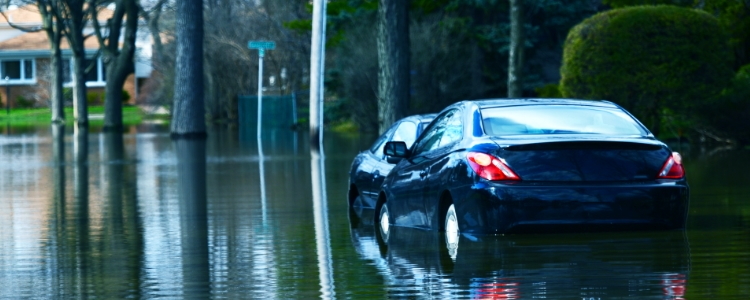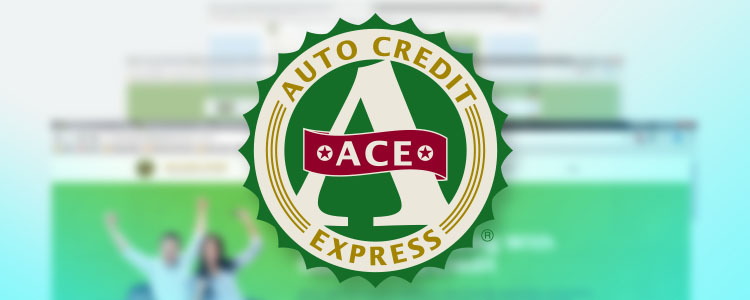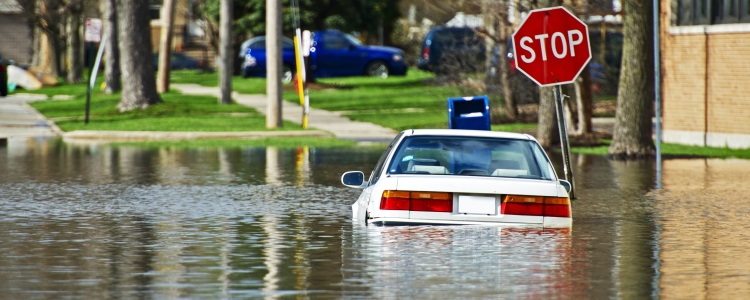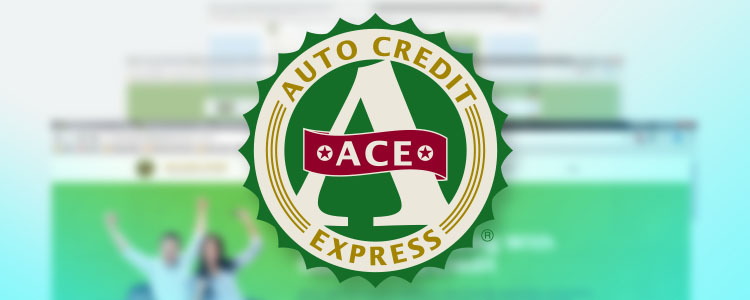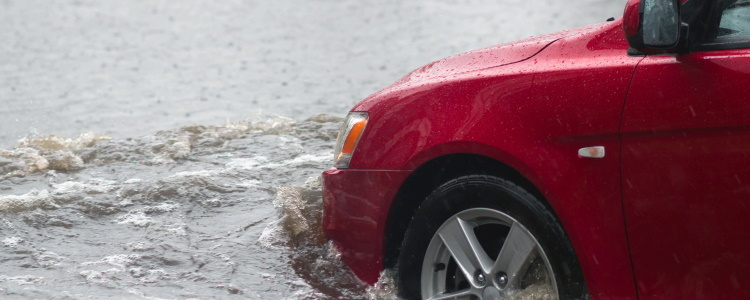The recent flooding in South Carolina means borrowers with bruised credit in all parts of the United States need to be on the lookout for flood-damaged vehicles from that area.
Cars with water damage
You would think that when vehicles are involved in a natural disaster like the recent flooding in South Carolina, those with extensive damage would be sent to junk yards to be crushed. But according to the National Insurance Crime Bureau (NICB), you'd be wrong.
"Unfortunately, natural disasters bring out dishonest salvage dealers who don't tell you that the vehicles they're selling are heavily water-damaged," said NICB President and CEO Joe Wehrle.
Buying a flood-damaged car
Subprime lenders make it a point not to finance any vehicle that has a branded title (including those with water damage) because these vehicles are not only worth much less, but also more apt to break down over time as a result of the damage they've received.
But that doesn't mean this never happens, as salvage operators often buy vehicles that have suffered extensive damage, clean them up, re-title them in another state with a new clean title (known as "title washing"), and sell them to unsuspecting buyers and, in some cases, even dealers.
With the recent flooding in South Carolina, the NICB is currently working with various law enforcement agencies as well as car rental and insurance companies to identify any affected vehicles to keep them from being resold and prevent buyers from becoming victims of fraud.
But buyers can also help themselves.
Tips for spotting flood damage
Here are some tips from both AAA and the Car Care Council on how to spot flood-damaged vehicles:
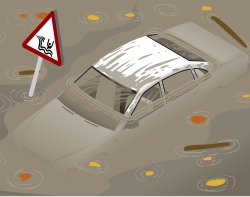
- Get a vehicle history report – in many cases this will show if a vehicle has been involved in a flood.
- See if you can detect any damp or musty odors inside the vehicle.
- Pull the carpet back at different areas and look for mud, dirt or signs of water stains.
- Check to see if seat brackets, motors and modules have any rust and they operate properly.
- Inspect under the dashboard for signs of mud and dirt.
- Look under the vehicle for corrosion. It is uncommon to find it in newer vehicles - especially those owned or sold in southern states.
- Open the hood, trunk and all doors to inspect for corrosion, mud, dirt and discoloration on the door frames, hinges and under the weather stripping - giving special attention to small spaces and crevices.
- Check all warning lights, window motors, and electrical components to ensure they are working properly.
- Check the engine oil and transmission dipsticks to see if the fluid is milky, diluted or the wrong color – a sure sign of water contamination.
- Check all filters to be sure they're not wet
- Finally, pay for an inspection from either a company that offers this service or an ASC Certified Master Mechanic and a body and frame specialist.
The Bottom Line
Car buyers -- particularly those with bad credit who are often on a tight budget -- should take care when picking out a used car and keep in mind the recent flooding in South Carolina. Remember: If the price of a used car looks too good to be true, it probably is.
Something else to keep in mind: Auto Credit Express specializes in helping credit-challenged borrowers find a dealer for their best chances at a car loan approval.
So if you're ready to begin the process, you can start now by filling out our online auto loan application.


